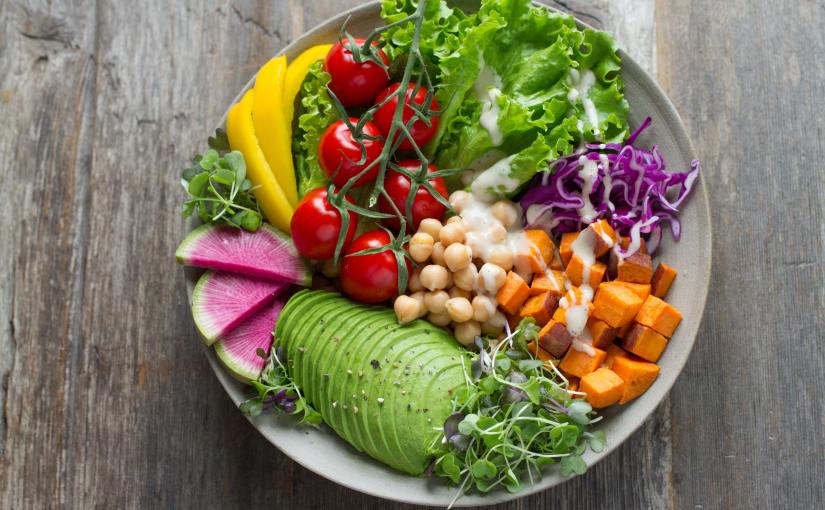Mindful eating practice for families
Gratitude is the theme for November with Thanksgiving and Chanukah holidays coming up. Practicing gratitude is an extremely important skill because it brings joy and appreciation to our life through the power of the heart. It’s mental health and a daily attitude that helps us connect with that which brings us joy. Mindful eating is a perfect mindfulness activity for the month of November and one that can be practiced any time that food is available.
“Piglet noticed that even though he had a very small heart, it could hold a rather large amount of Gratitude.”
– A. A. Milne, Winnie-the-Pooh
Appreciation through kindness
Gratitude is defined as “readiness to show appreciation for and to return kindness” (Webster online dictionary). What’s important in this definition is the willingness to appreciate and to incorporate kindness. We may be appreciative of what we have, what we don’t have, how we feel, or how we are experiencing life and we relate to this with kindness. Being grateful helps us alleviate suffering by bringing our awareness to the positive instead of the negative. It is also a way to practice open-hearted kindness towards others and ourselves.
Daily gratitude practices can be a way to focus on the positive
During this global pandemic, mental health has been affected by stress, worry, and a general malaise that we are all experiencing. As a long-time meditation practitioner and teacher, gratitude practice is a staple in my daily routine. I keep a gratitude journal in which I write what I’m grateful for either at the start or end of the day. I find that practicing gratitude brings present-moment awareness and a way to wind down the mind.
Parenting is challenging so gratitude is a family activity that reaps benefits for everyone.
As a parent to a teenager, I try to model being grateful to remind my family of the benefits of this practice. We often ask each other what we are grateful for at the dinner table or before retiring for the night. We say a gratitude prayer before we eat, thanking all that had a part in the meal. My daughter and husband are getting better at training the mind to focus more on the positive aspects of the day. My family has learned about the power of attraction and when we think positive thoughts, we attract more gratitude and positivity and feelings of well-being. It doesn’t take a lot of time to practice this and can be as simple as pausing, taking three long deep breaths, reflecting on the present moment, and then choosing something or someone for which to be grateful. The practice does take repetition to become routine and it is well worth the effort. That’s why it is called “a practice.”
Some aspects of life for which we can be grateful:
- A place to live
- Work that sustains
- Food that nourishes the body
- Feelings that bring awareness to the self
- Pets who bring unconditional love
- Family with whom we can communicate
- A mind that can choose what to think about
- A heart that can be open to compassion and empathy
- A body that is healthy and able to move freely
- Open spaces in which to exercise
- Talents we can share with others
- The present moment in which reality is positive
This gratitude practice is inspired by Thank the Farmer from Mindful Games by Susan Kaiser Greenland and is a mindful eating practice that is perfect for the holiday season.
Choose a person to “lead” the meditation practice. This person will read the instructions as well as participate. This is a slow practice so make sure to take your time.
- Start by picking one item of food. A raisin is commonly used. I have also used popcorn or a piece of cookie. It must be small as this is not a meal or even a snack. It is a mindfulness practice and using our 5 senses, we will explore the story of this food.
- With the food in your fingers, notice what it feels like. Smooth, rough, squishy, hard, etc.
- With your eyes, notice what it looks like. A cloud, a shape, a bumpy glob, etc.
- With your nose, notice what it smells like. Sweet, strong, weird, etc.
- With your ears and fingers, notice what it sounds like. Crackles, squeaky, etc.
- With your mind, consider where this food grew. A farm, a forest, a garden, etc.
- Consider who picked this food? A person, a machine, a family, etc.
- Ask yourself how it gets to the store? A truck, a car, a person brings it, etc.
- How did it get from the store to your home? Your parent, friend, sibling, etc.
- Now, we take a moment to feel gratitude for having this food to eat. Say, “thank you” to everyone who had a part in growing and bringing the food to your home. The farmer, the picker, the truck driver, etc.
- Now we put the food on our tongue and notice what it tastes like, before actually eating it. Don’t chew yet! Just let it sit there momentarily.
- Finally, we get to chew it… what does it taste like now, after all that mindful awareness?
- Have you thought about your food this way before? Do you think it tastes differently now?
Thanks for trying out this practice. I’d love to hear what your family experienced. Email me at mindfulfrontiers@gmail.com.
Anne-Marie Emanuelli is the founder and Creative Director of Mindful Frontiers LLC, an education-based mindfulness meditation center in northern New Mexico offering classes, workshops, and coaching to children, families, and individuals of all ages and meditation experience. Anne-Marie’s credentials are from Mindful Schools and Sage Institute for Creativity and Consciousness as well as an 8-week MBSR course. She is a retired NM level 3 licensed classroom teacher and has taught mindfulness to students since 2016.
For more information on Mindful Frontiers and meditation, see our website at MindfulFrontiers.net.

